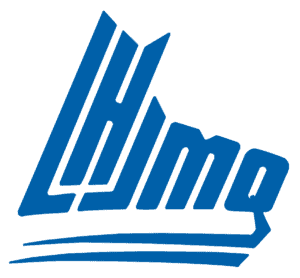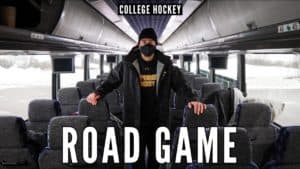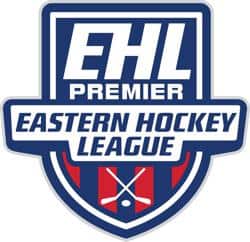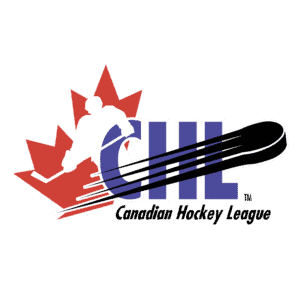As a brief follow-up to last week’s article regarding NCAA commitments and NCAA advancements, TJHP has broken down the current NCAA 2019-20 Division I commitment information so readers can see from where these players are coming.
Before getting to the data a quick refresher on terminology so we can keep apples-to-apples comparisons.
- COMMITMENT: Usually verbal in nature between the student-athlete and the school, a commitment is made when the student-athlete and the coach agree that the student-athlete will enroll at a specific institution and play ice hockey. New NCAA rules allow NCAA Division I verbal commitments to be made August 1 of the student-athletes junior year in high school. A commitment at the Division I level can also mean the student-athlete signing a National Letter of Intent (NLI) which is a formal agreement for the student-athlete to accept some form of athletic grant-in-aid (scholarship) in exchange for enrolling and participating in his/her sport. NLIs can only be signed the year prior to enrollment in the four-year institution. For Division III student-athletes a commitment is generally made after a player is admitted to that school and the coach acknowledges that he will be on the team, or at least able to have a good shot at making the team, the following year.
- ADVANCEMENT: An advancement is when a student-athlete actually enrolls and is rostered on an NCAA team. Many commitments do not materialize for all Divisions, although the new NCAA rule regarding Division I verbal commitments will help clean up that process considerably. At the Division III level players will change their minds about school, show up at school and decide not to play, or simply get cut if there is a tryout process.
For Division II and III there is really no method of tracking data other than to show actual Advancements and the team from which they previously played. We call this direct-to-college advancement. NCAA Division II and III commitments aren’t worth tracking as the actual Advancement data is always very different given the lack of binding agreement.
What we showed last week for Division I data was a list of the last team for which a player competed prior to matriculating to his four-year university. That data included all players on all Division I rosters, not just freshman as our Division III data showed. The Division I data also did not show Commitments — just Advancement.
Having explained all of that, with the help from College Hockey, Inc. we have broken down NCAA Division I commitments made so far during the 2019-20 season (beginning July 1). There are currently 176 players who have made commitments and the first thing that jumps out is the lack of dominance by the United States Hockey League (USHL).
This data shows that a lot of commitments are made before a player joins the USHL, but the Advancement data shows that hundreds of players flow through the USHL en route to college, after or during the commitment process. For the Commitment data we list the U.S. National Team Development Program (USNTDP) data separate from the USHL. In the Advancement data the USNTDP is combined with the USHL.
Lastly, keep in mind that Division I commitments are non-binding until a NLI is signed by both parties. The Commitment data can change as players or schools de-commit.
Here is where we’re at for the 2019-20 season so far:













